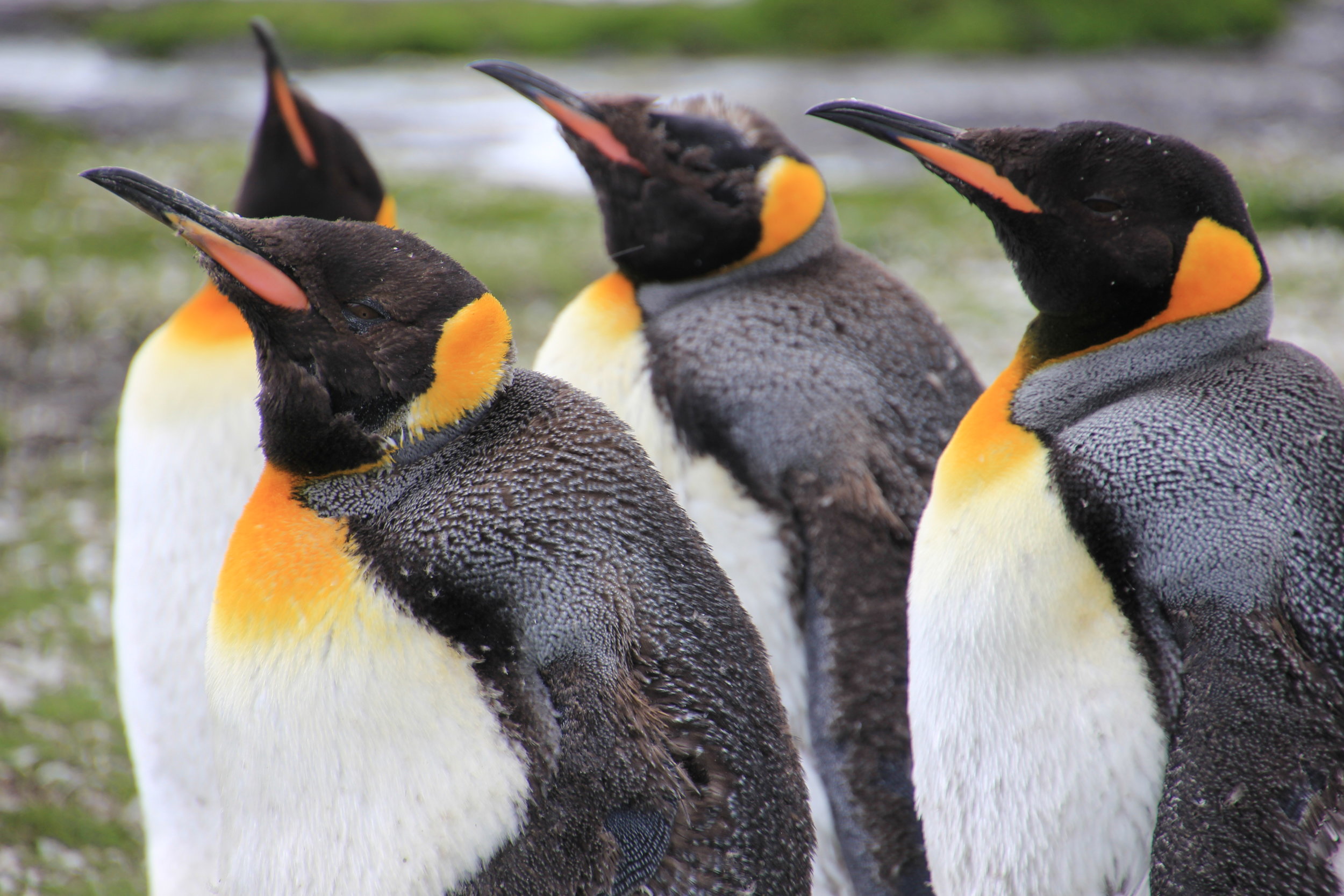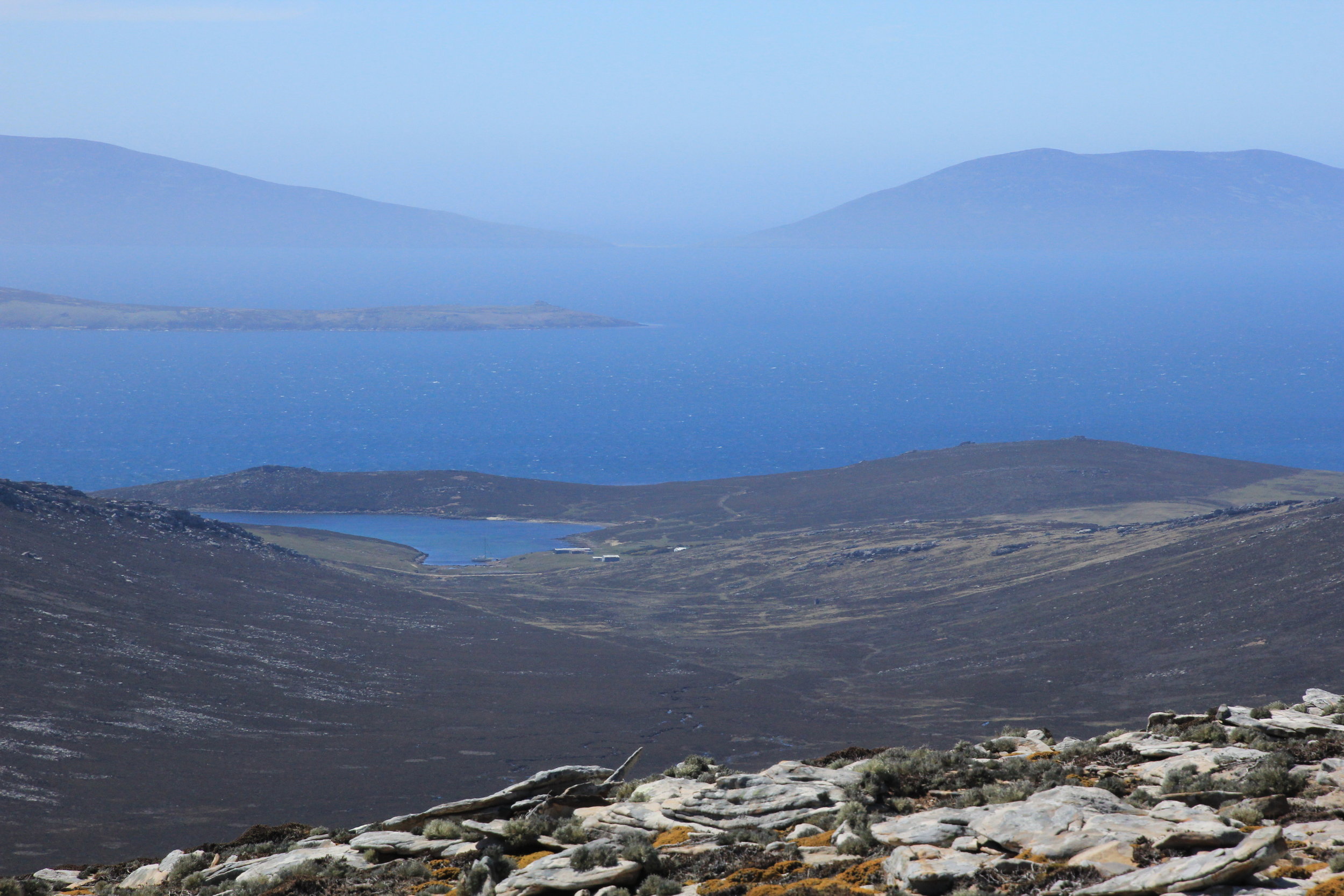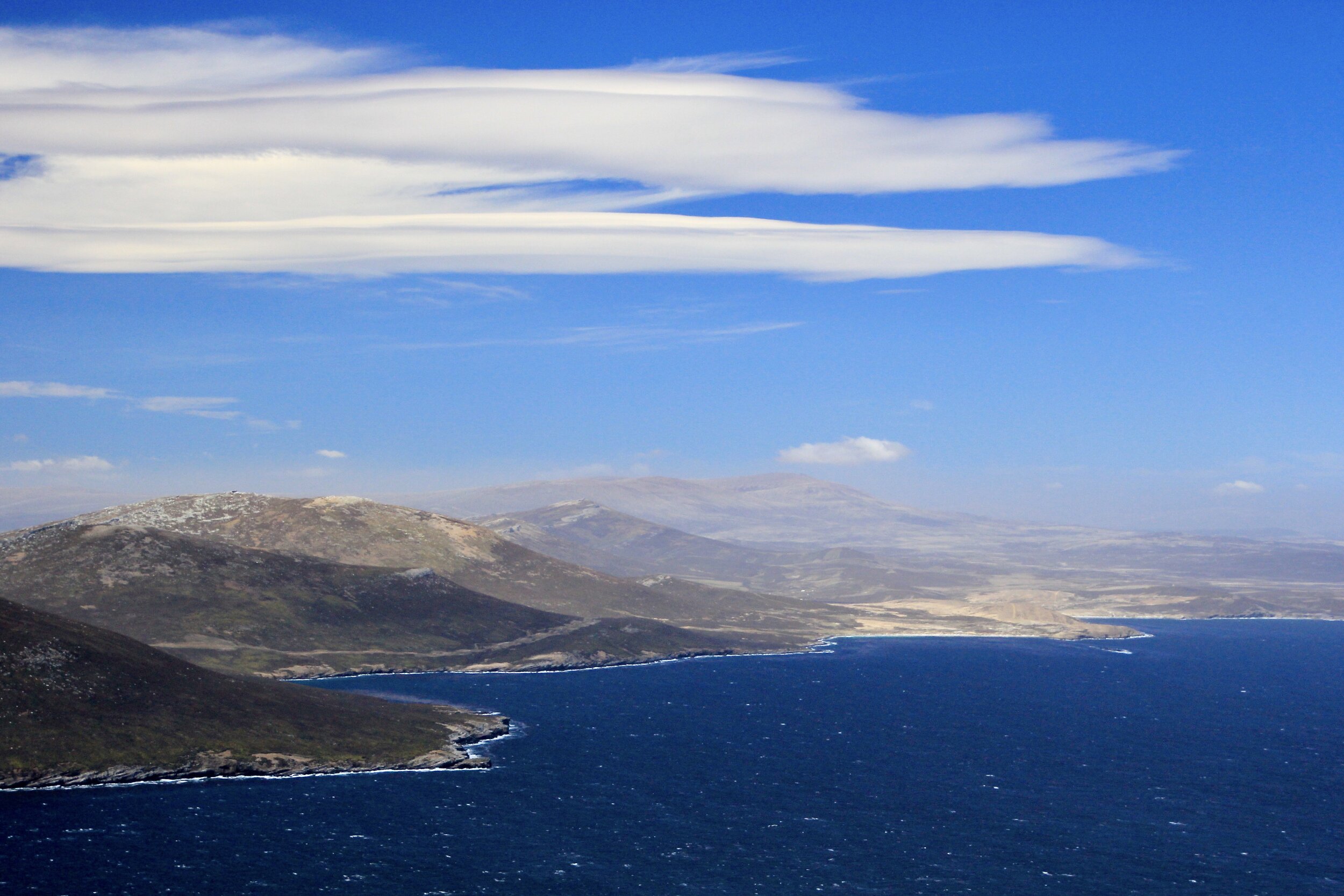In 1833, during the voyage of the HMS Beagle, Charles Darwin found himself in a corner of the world he didn’t particularly care for, an archipelago near the southern tip of South America called the Falkland Islands, whose windswept moorlands he described as “desolate and wretched.” The local birdlife didn’t help matters. An unusual species of falcon seemed to derive pleasure from tormenting him and the ship’s crew. “A large black glazed hat was carried nearly a mile, as was a pair of the heavy balls used in catching cattle,” Darwin wrote of the avian thieves, “and a small Kater’s compass in a red morocco leather case, which was never recovered.” Crew members complained about the birds’ “boldness and rapacity,” and a lookout was posted to prevent them from picking apart the ship’s rigging. Whalers who had visited the Falklands previously had likewise cursed the creatures as “flying devils” and “flying monkeys,” although science would ultimately settle on the name striated caracara, or, informally, Johnny rook. Outside Magazine


































































































































